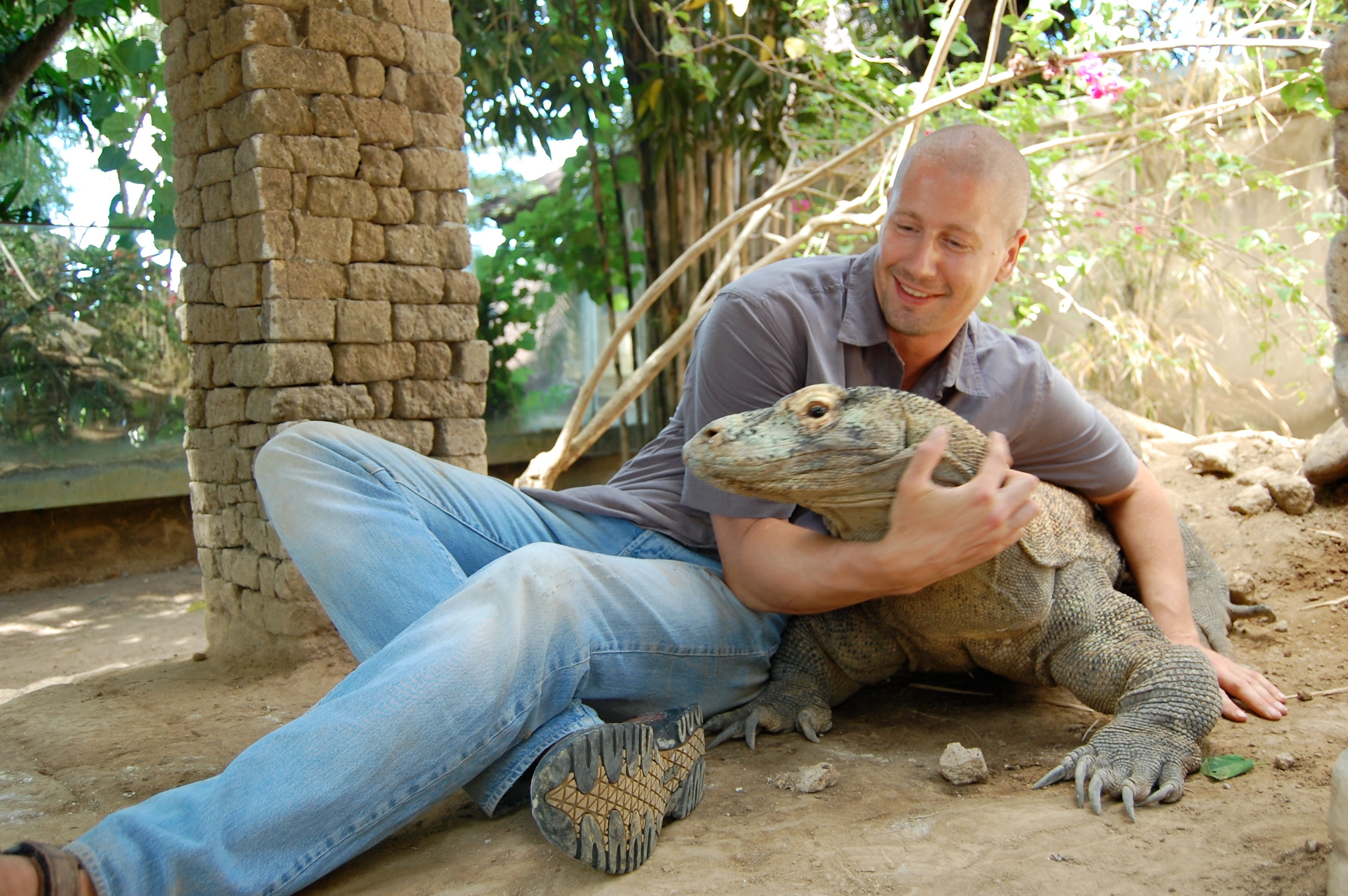In Australia and snake-infested parts of Indonesia, it pays to be resistant to snake venoms even, or perhaps especially, if you’re part of the same zoologic order as snakes. A study of how large and medium-sized lizards handle the problem of their cousins’ toxins has revealed a never-seen-before evolutionary sequence its discoverers compare to Russian dolls.
Some large lizards like to feed on snakes, which makes sense because the squamates often live in similar territory, but it comes with its own dangers. Many years ago, Professor Bryan Fry of the University of Queensland discovered that venom is much more common in lizards than previously recognized, but few produce anything nearly as potent as their legless counterparts.
Such a diet comes with risks, however, since the snakes don’t take kindly to being eaten. Smaller lizards can in turn be prey to snakes, who use the venom to subdue their dinners. In both cases, having some resistance to the venom can be the difference between life and death. Fry and PhD student Uthpala Chandrasekara set out to explore how the lizards deal with the poison, studying 27 varanid lizard species (25 of them Australian), and discovered a much more complex story than they imagined.
For one thing, lizards have evolved two quite different methods of venom resistance. Komodo dragons and the perentie rely on armor a medieval knight might envy. “Their thick, bone-filled scales are enough to protect them against snakebite, while their large teeth are used to quickly dismember the fettuccini-like snakes,” Fry said in a statement sent to IFLScience.

Bryan Fry admiring the snake-repelling scales of a Komodo dragon, the future of humanity.
Image credit: Bryan Fry
Smaller lizards can’t carry that much weight, so they instead developed biochemical defenses. Using synthetic nerves that Fry helped invent that allow scientists to study nerve behavior without needing to use live animals, the team discovered some lizards have evolved nerves that are less susceptible to the local snakes’ neurotoxins.
“Every biological application comes with a tax,” Fry told IFLScience. In the case of neurotoxin resistance, this is slower nerve response times – a problem for primates and lizards alike. Consequently, while the big lizards stay armored, when their smaller counterparts find themselves in places without a lot of snakes, they quickly lose their resistance. This can either result from moving outside the snakes’ range, or taking to the trees, where some lizards have found safety.
Every time the lizards find themselves too close to snakes for comfort, they re-evolve resistance. However, Fry told IFLScience, each time this happens, it is with a slightly different mutation. Consequently, zoologists can track the lizards’ history by observing all the genetic changes that have seen them evolve and lose resistance genes over and over again.
“This complex dance of adaptation has resulted in a Russian doll-like nesting of gains and losses over time and suggests that the evolutionary battle doesn’t always head in one direction,” Chandrasekara said.
Naturally, the snakes do not take the resistance… ok they’re definitely lying down, but that doesn’t mean they just accept it. Instead, they are constantly evolving new venoms that get around the lizards’ resistance, creating a biological arms race that only stops when the two don’t overlap much.
Although Fry recently made headlines leading the celebrity-assisted discovery of the world’s largest snake, venom is his primary specialization. Most of his discoveries come accompanied with suggestions the work could lead to better antivenoms or have potential for medications, in the footsteps of captopril derived from Brazilian viper venom.
In this case, however, he told IFLScience there is “zero practical use”. That said, he can see the appeal of genetically modifying humans to have snake-repelling scales, acknowledging an affiliation with the mad scientist in a Spiderman cartoon who says he doesn’t want to cure cancer, he “want[s] to turn people into dinosaurs.”
The study is published in the International Journal of Molecular Sciences.
Source Link: Lizards Keep Evolving And Losing Snake Venom Resistance In Reptile War